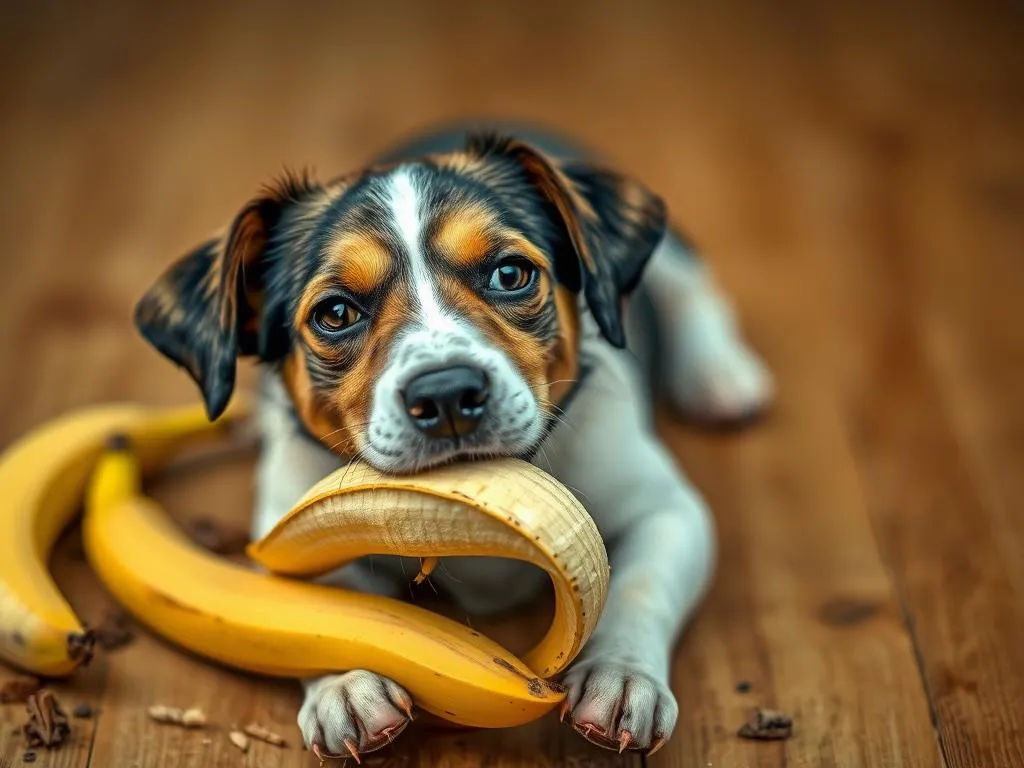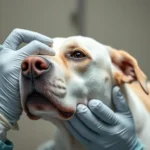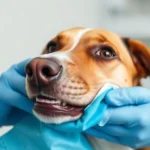
Maintaining your dog’s health is a crucial aspect of pet ownership. As responsible dog owners, we often find ourselves concerned about what our furry friends might ingest. Whether it’s food scraps, household items, or even plants, dogs are curious creatures that tend to explore their world through taste. One common concern that arises is, my dog ate a banana peel. Understanding the implications of this incident and knowing how to respond can help ensure your dog’s well-being.
Understanding Banana Peels
Nutritional Value
Banana peels, while often discarded by humans, contain several nutrients. They are rich in fiber, which can aid in digestion, and provide a decent amount of potassium, which is essential for heart and muscle function. In comparison to the banana fruit, the peel has a lower sugar content but retains many vitamins and minerals. However, the nutritional benefits of banana peels are often overshadowed by the potential risks associated with their ingestion by dogs.
Common Concerns with Banana Peels
While banana peels are not toxic to dogs, there are several concerns that pet owners should consider. One major issue is the potential choking hazard. The fibrous texture of banana peels can pose a risk, especially for smaller dogs. Additionally, banana peels can be challenging to digest due to their tough exterior, leading to potential digestive issues. Lastly, many bananas are treated with pesticides or chemicals, which can be harmful to dogs if ingested.
Immediate Actions to Take
Assessing the Situation
If you find yourself in the situation of my dog ate a banana peel, the first step is to assess your dog’s condition. Look for signs of distress such as choking, vomiting, or lethargy. If your dog appears to be in pain or is struggling to breathe, it is crucial to act quickly.
Monitoring Your Dog
After ingestion, keep a close watch on your dog’s behavior and symptoms. Monitor for any unusual signs, including changes in appetite, energy levels, or bathroom habits. The timeframe for potential reactions can vary, so it’s important to stay vigilant for at least 24 hours post-ingestion.
Contacting a Veterinarian
If your dog shows any concerning symptoms or if you are unsure about the situation, it’s best to contact a veterinarian. Provide the vet with relevant information, including your dog’s size, the amount of banana peel consumed, and any symptoms you have observed. This information will help them make an informed decision about the necessary steps to take.
Potential Health Effects of Ingesting Banana Peels
Digestive Issues
One of the primary concerns with my dog ate a banana peel is the potential for digestive issues. Dogs that consume banana peels may experience gastrointestinal upset, leading to symptoms like diarrhea or vomiting. In some cases, there’s also a risk of an intestinal blockage, especially in smaller dogs or if a large piece of peel is ingested.
Allergic Reactions
While rare, some dogs may exhibit allergic reactions to banana peels. Signs of an allergic reaction can include itching, swelling, hives, or gastrointestinal distress. If you notice any of these symptoms following the ingestion of a banana peel, it’s important to consult your veterinarian immediately.
Long-term Effects
Currently, there is limited research on the long-term effects of occasional ingestion of banana peels by dogs. However, most experts agree that while banana peels are not toxic, they should not be a regular part of a dog’s diet. Understanding the potential risks and monitoring your dog’s overall health is essential in ensuring their well-being.
Prevention Strategies
Safe Snack Alternatives
To avoid situations like my dog ate a banana peel, consider offering safer snack alternatives. Fruits such as apples (without seeds), blueberries, and carrots can be great treats for dogs. These options not only satisfy their curiosity but also provide health benefits when given in moderation.
Training and Behavior Modification
Training your dog not to eat non-food items can help prevent accidental ingestion. Reinforce commands such as “leave it” or “drop it” during walks or meal prep times. Supervision is key; keeping an eye on your dog during meal times can help prevent them from snatching unwanted items from the table or trash.
Dog-Proofing Your Home
Dog-proofing your home is another effective prevention strategy. Keep household items, including food scraps and potentially dangerous items, out of reach. Educating all family members about dog safety can also contribute to a healthier environment for your pet.
When to Seek Professional Help
Emergency Situations
There are specific signs that indicate immediate veterinary care is necessary. If your dog is experiencing difficulty breathing, persistent vomiting, or severe lethargy, do not hesitate to take them to the vet. In case of an emergency, having your dog’s medical history and any details about the ingestion can expedite treatment.
Routine Vet Check-ups
Regular veterinary check-ups are essential for your dog’s overall health. During these visits, discuss your dog’s diet and any concerns you may have about their eating habits. Your vet can provide helpful insights and recommendations tailored to your dog’s specific needs.
Conclusion
In summary, if you find yourself in the situation of my dog ate a banana peel, it’s important to remain calm and take the appropriate steps. By understanding the nutritional value and potential risks associated with banana peels, you can better assess your dog’s health needs. Monitoring your dog after ingestion, knowing when to contact a veterinarian, and implementing preventive measures can significantly contribute to your dog’s health and safety.
As responsible dog owners, our commitment to proper health care is vital in ensuring our pets lead happy and healthy lives. Always consult with a veterinarian for any concerns about your dog’s health, and stay informed about safe practices to maintain their well-being.









